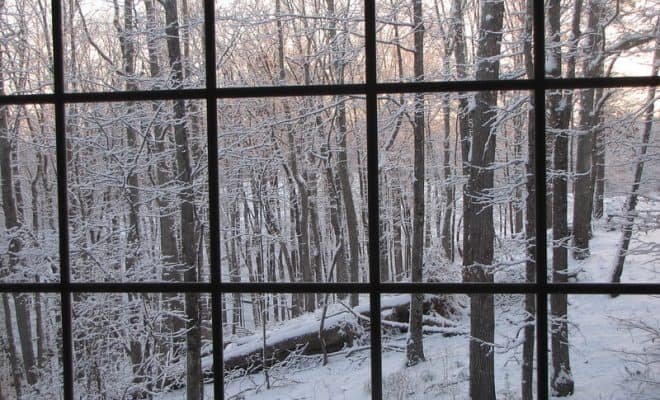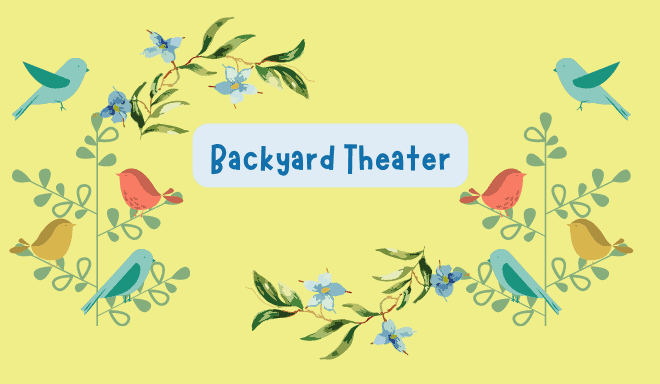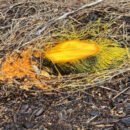Visiting the Arboretum

If you ever visit an arboretum, I recommend you set aside a decent amount of hours to explore such a place. Recently, summer has become increasingly noticeable in my part of the United States, and flora in bloom comes with it. The hot temperature and growing humidity cause native plants to flourish, and every space of grass fill with flowers. All the trees have their leaves, and their branches wave on the passing breeze. As someone who loves nature, I feel a sense of happiness by viewing all the shrubs.
Arboretums are more manicured than what you see out in the natural world, but there is still something valuable about their worth. Unfortunately, it is also one of those places on my ‘visit list’ that I had to put off for a better time due to Covid-19. That moment came for me and lots of other locals this week.
Touring the Park
Upon entering the garden, it becomes obvious that this location is unlike the rest of the city. There are no gray buildings or flashy commercial signs in view. It is a sanctuary for vegetation, with vines wrapping around the edifices and stone walkways that easily mesh with the greenery. One piece of the conservatory contains crops such as onions and corn. Both types of vegetables are enormous and show the gardener’s dedication to their exhibition. It is lovely to see not only indigenous plants to this area but likewise exotic choices such as the Japanese Maple tree and palms.
Multiple sections accommodate areas for picnics or sitting, which are wonderful stops to take along the tour. Each region of the park has statues and waterways for additional enjoyment. Stumbling into a fountain or man-made creek can happen, as there is often no barrier preventing you from taking a dip. Luckily, the moving water creates enough sound to hear when you can’t see. The soothing trickle of liquid provides a tranquil atmosphere, and large numbers of people sit on the benches in these spots.
Even though my tour of the estate is in a group, heaps of solo walkers or mothers with children are there. It’s a peaceful and educational place with small signs producing each specimen’s common and botanical nomenclature. Reading each of the tags is incredibly helpful and fun, especially for the botanist in you that recognizes endemic species to the region. When I leave, I can look back and remember what type of tree contorts in that direction or what time of year petunias will bloom.
The Animals
Humans are not the only inhabitants of the arboretum. Tons of squirrels and rabbits call the trees their home. Numerous woodland creatures chatter from above in overhanging branches or dash across the grass. The interactions between humans and animals must be harmonious since many squirrels do not bat an eye as they cross my path. Quieter critters exist as well, such as butterflies that flit between the flowers. They are so bright that it is easy for them to camouflage among the buds.
The Mental Health Benefits
My basis for visiting the botanical garden is, in part, adoration for the environment. A more significant reason is for my mental health. I struggle with anxiety and frequently find it difficult to lull my mind. Work and everyday life stress compresses my psyche until I reach a point where I need downtime. I want to clear my thoughts and not have to think about anything. This is the perfect location to find relief from the rest of the world. The exercise from walking, the beauty of the conservatory, and the friendliness of all the visitors are conducive to mental healing.
More spaces should host similar displays. There need to be zones within concrete cities for nature to thrive. The growth of greenery could help the improvement of people, myself included.









